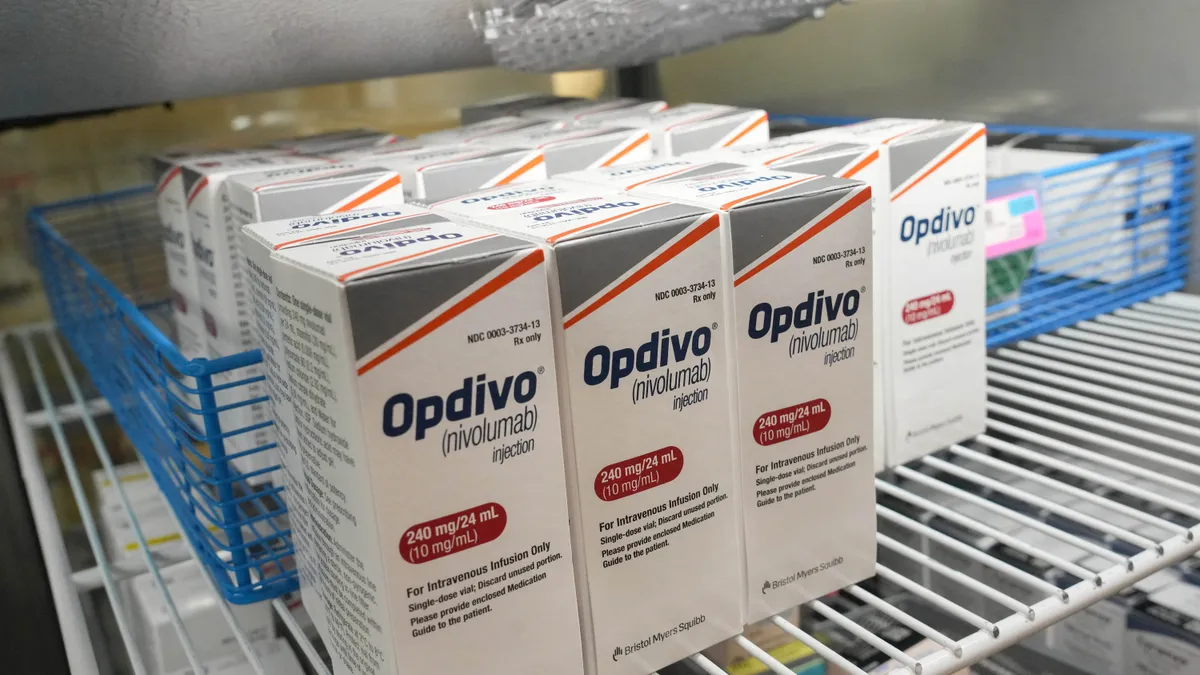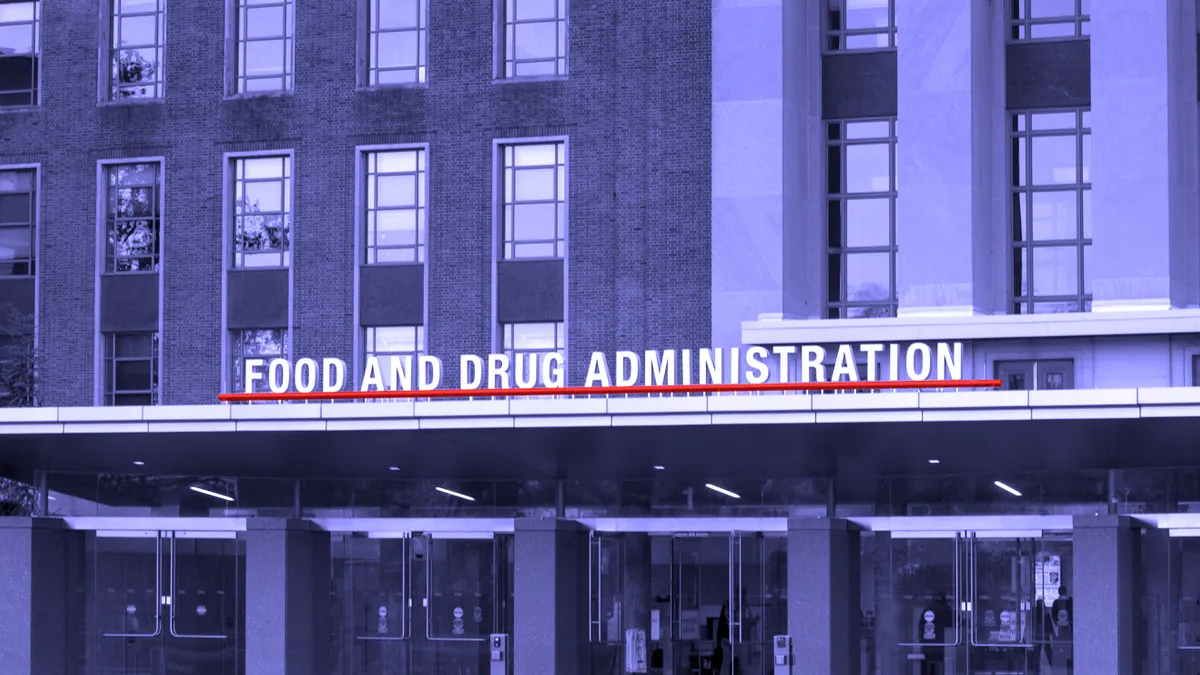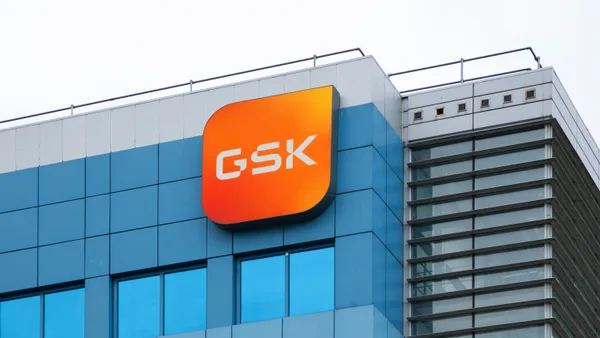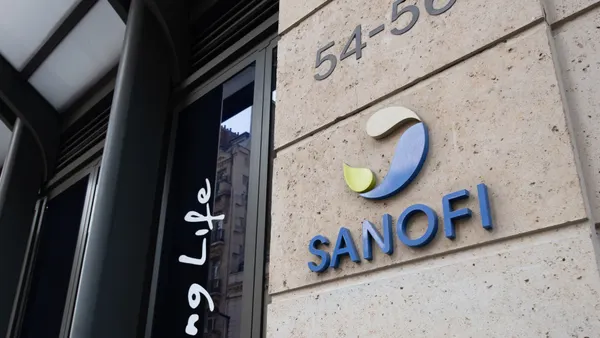AstraZeneca and Daiichi Sankyo have changed up their approval plans for a closely watched lung cancer medicine, a decision that could limit the sales potential of a drug viewed by Wall Street analysts as a blockbuster in the making.
On Tuesday, the companies said that, after discussions with U.S. regulators, they’ve withdrawn an approval application for a drug called datopotamab deruxtecan, or dato-dxd, in a common form of lung cancer.
The partners have replaced that filing with a new one focused on a narrower group of people whose metastatic, non-small cell lung tumors are driven to growth by mutations in a gene known as EGFR. Within that group, they’re aiming for an "accelerated" approval in people who’ve received prior systemic therapies, among them a drug that targets EGFR specifically.
The companies estimate that EGFR mutations are found in anywhere from 10% to 15% of people with non-small cell lung cancer in the U.S. and Europe, and about 30% to 40% of those in Asia.
For AstraZeneca and Daiichi, the new request trims dato-dxd’s potential. The drug is one of several antibody-drug conjugates the companies are developing in hopes these therapies can supplant chemotherapy in many tumor types.
The first of those drugs, Enhertu, succeeded in several key trials and, in the process, changed how certain breast cancers are treated. It’s now one of AstraZeneca’s best-selling cancer medicines, earning it $510 million in global sales in the third quarter, the company reported Tuesday.
AstraZeneca and Daiichi are hoping for a similar success with dato-dxd. They initially aimed to bring the drug to market for people whose non-small cell lung tumors express a protein, TROP2, that it’s designed to target and that’s overexpressed in most lung cancers.
But dato-dxd didn’t significantly extend survival in a Phase 3 study testing it directly against the chemotherapy docetaxel. The companies then focused on the drug’s apparent benefit against tumors classified as nonsquamous, a group for which they believed dato dxd might be most helpful. They filed an approval application for use in those patients specifically, setting up a decision by the Food and Drug Administration that was expected by late December.
Yet study results presented at a medical meeting in September showed dato-dxd didn’t meaningfully extend survival in that group either, complicating the companies’ argument. Analysts at the time questioned whether the FDA might delay its decision or call on a panel of advisers to further scrutinize the data. Instead, after consulting with regulators, AstraZeneca and Daiichi have found another solution, turning to a combination of results from a trio of trials to secure a more limited approval.
According to the companies, a new, pooled analysis from two of those studies — and focused specifically on people with previously treated, EGFR-mutated non-small lung cancer — will be presented at a medical meeting in Asia next month.
The findings “showed an especially pronounced benefit” in those patients, “which informed our discussions with the FDA,” said Susan Galbraith, AstraZeneca’s head of oncology R&D, in the statement.
The companies’ revised approval plans are “a setback but not entirely unanticipated,” wrote Jefferies analyst Peter Welford, adding that the new strategy also “removes the risk” of a rejection altogether.
Dato-dxd is being evaluated alongside another AstraZeneca medicine, Tagrisso, in a pair of Phase 3 trials in EGFR-mutated, nonsquamous non-small cell lung cancer. The drug is also under an FDA review in breast cancer, but mixed study results have led to questions about its approval prospects in that indication as well. A decision is expected by early 2025.
AstraZeneca reported third quarter earnings alongside the announcement. Revenues of about $13.6 billion exceeded consensus analyst estimates by 4%, driven in part by better than expected results for the asthma medicine Symbicort and rare disease drug Ultomiris.
The company also raised its financial outlook for the year. It now expects revenue to grow by a “high teens percentage,” versus the “mid teens” percentage increase it previously projected.















